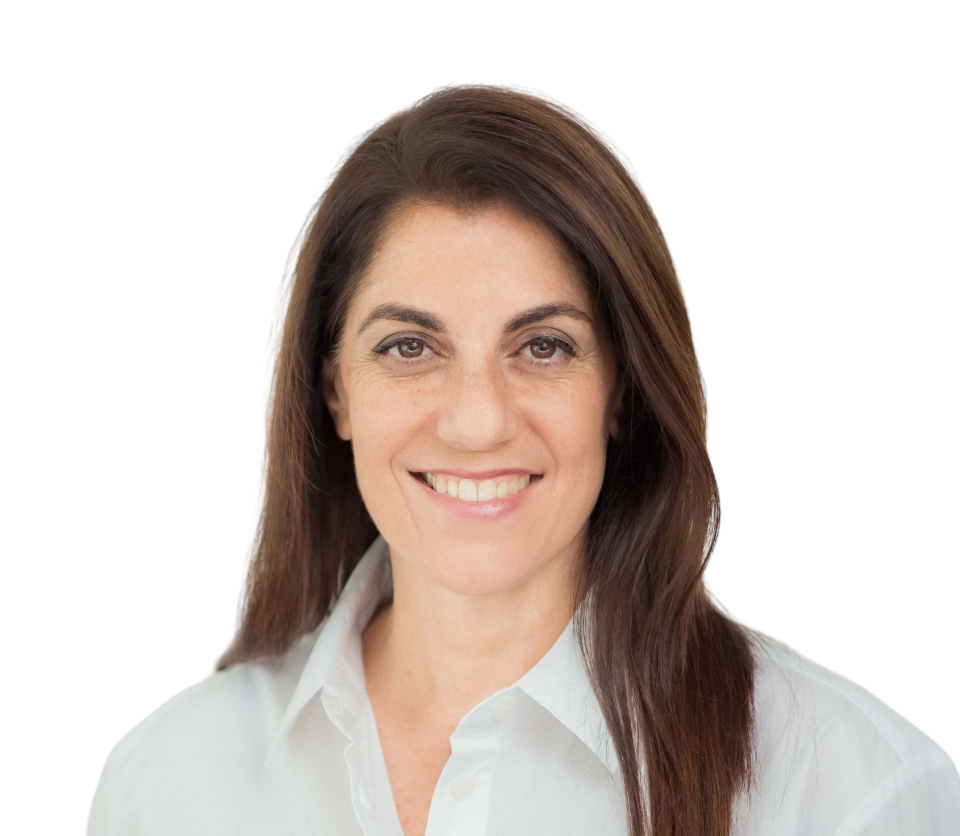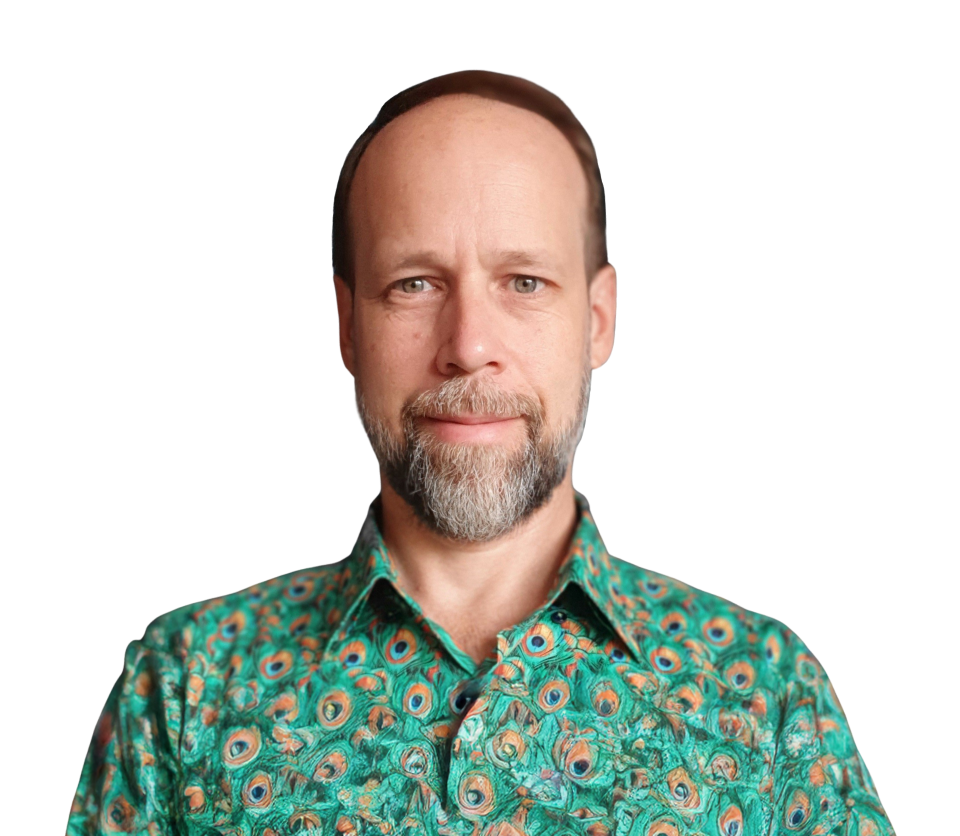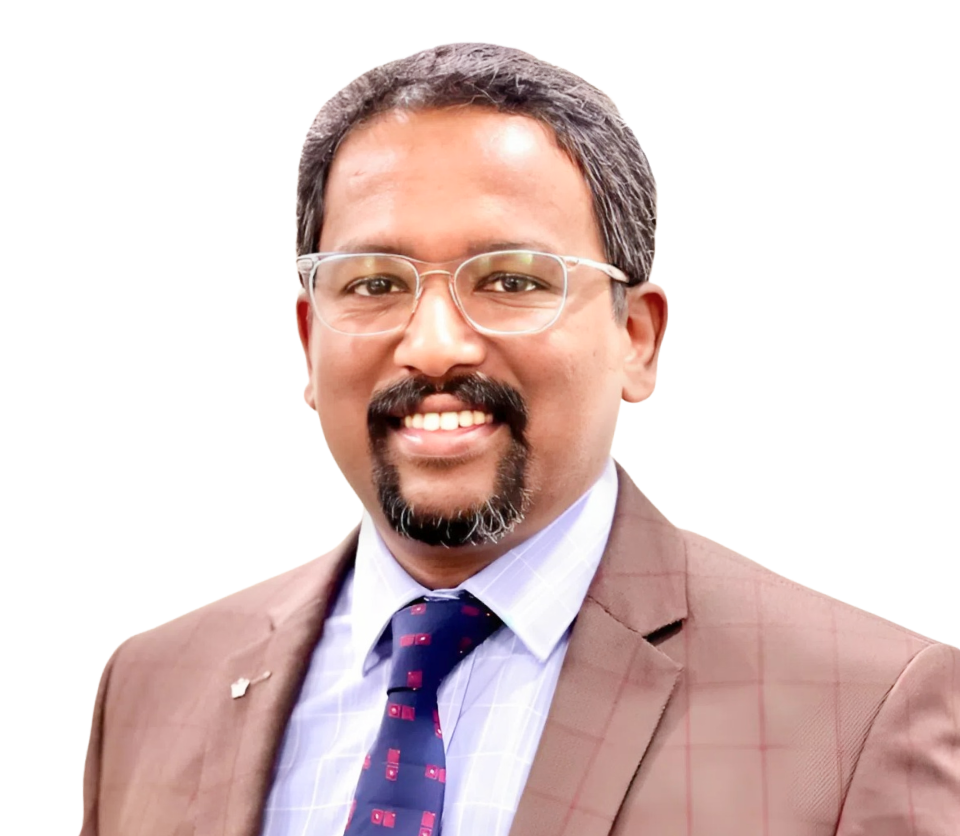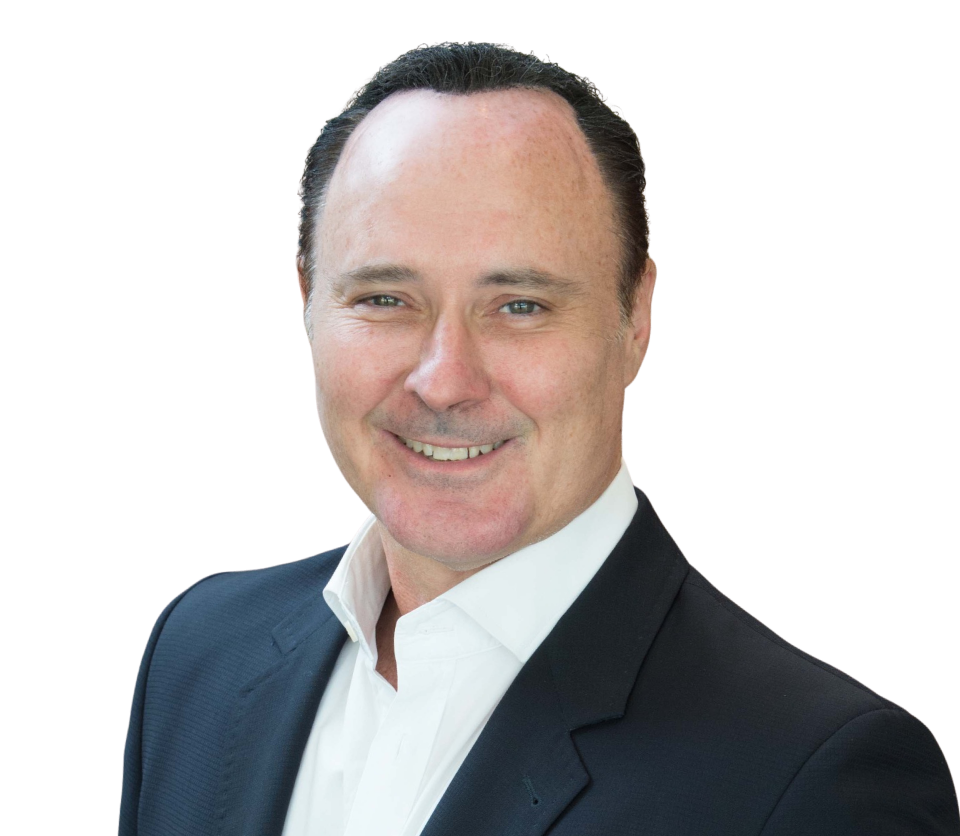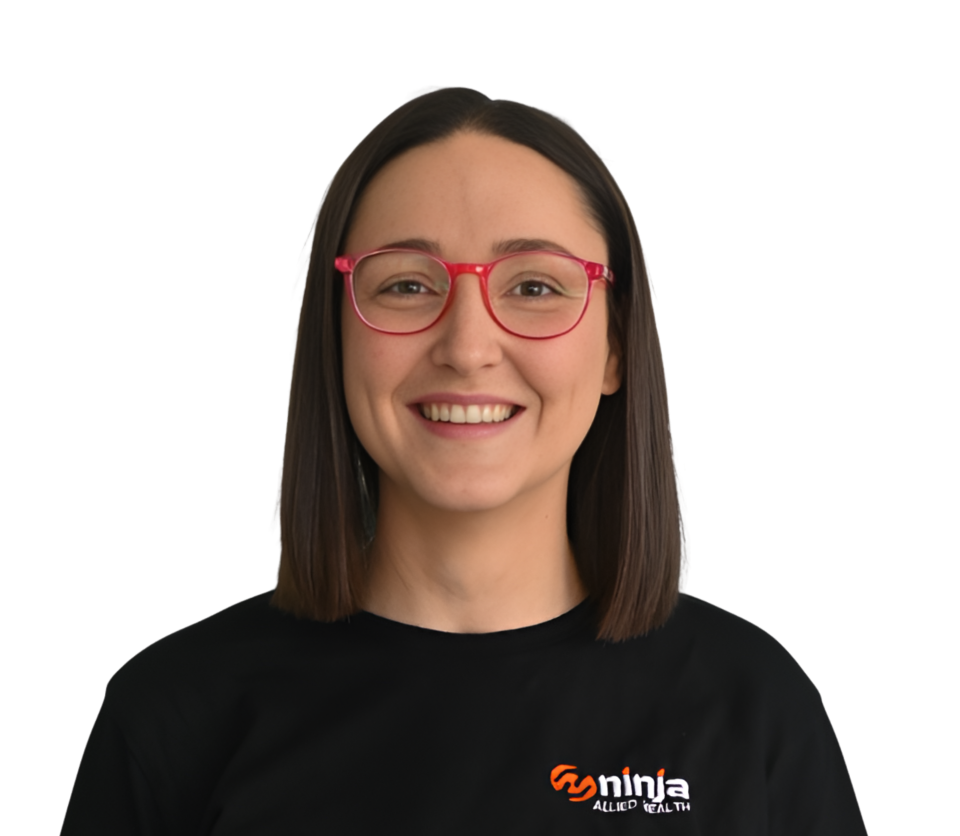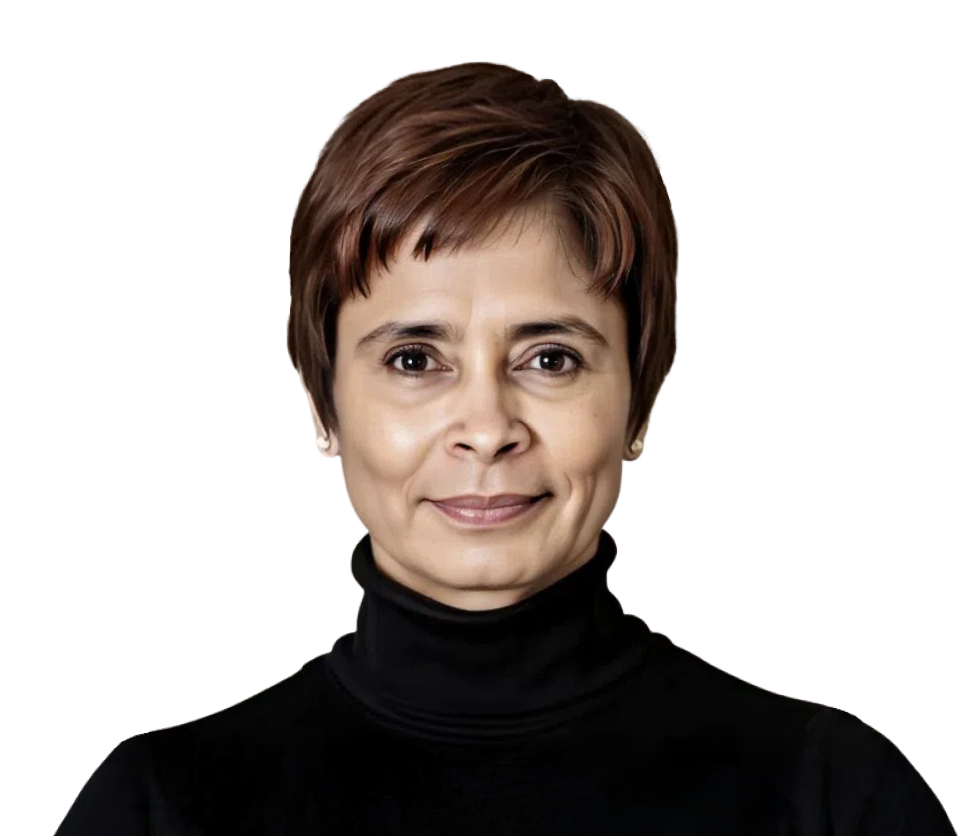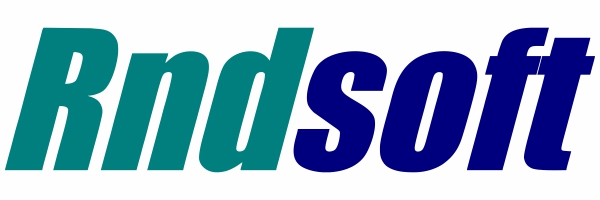This paradigm shift in remote care delivery is not only essential for improving patient outcomes, but it also offers measurable returns for stakeholders across the healthcare ecosystem. These include hospitals, aged care providers, insurers, telehealth platforms, and digital health innovators. Telehealth Australia 2026 serves as a premier global stage to showcase these advancements, share best practices, and explore new business and policy opportunities.
Enhancing Patient Outcomes Through Smart Remote Monitoring
Ambient sensing technologies, discreetly integrated into home or clinical environments, enable continuous, real-time health monitoring without disrupting patients’ daily routines. These systems detect key metrics such as respiratory patterns, mobility, sleep quality, temperature, and behavioural changes. For healthcare providers, this supports earlier detection of deterioration, reduces hospital readmissions, and enables more personalised care plans. For families and caregivers, it offers reassurance and peace of mind.
When implemented in ageing-in-place programs or chronic condition management pathways, ambient sensing helps reduce the burden on hospital infrastructure while enabling timely interventions, often before symptoms become visibly apparent. In rural and underserved communities, where access to traditional care remains limited, these technologies support the development of a more inclusive and preventative healthcare model.
Scaling Telehealth Infrastructure and Data-Driven Care Models
If widely adopted, ambient sensing could reduce avoidable hospital admissions and improve chronic care compliance, generating a cumulative impact worth over AUD 950 billion in economic savings and efficiency gains across the Asia Pacific region by 2030. The application of AI-driven analytics to sensor data enables clinicians to detect subtle trends, optimise treatment plans, and engage patients proactively.
This innovation is drawing interest from both public and private payers, who recognise its potential to contain costs, reduce frauds, and improve population health outcomes. Insurers are beginning to reimburse smart home monitoring services, while telehealth platforms are investing in interoperable data systems that integrate ambient sensor inputs with electronic health records.
Integrating Smart Building Systems into Healthcare Delivery
Modern healthcare also requires intelligent clinical and residential environments. Building management systems that automate ambient lighting, temperature control, air quality, and motion detection based on occupancy and patient needs can enhance care quality while reducing energy consumption. For example, sensor-enabled eldercare facilities have shown up to a 35% reduction in falls and improved sleep cycles through optimised lighting and noise control.
By integrating sensor data into centralised clinical dashboards, healthcare facilities can monitor hundreds of patients in real time and prioritise alerts based on predictive health trends. This improves efficiency in both staffing and treatment planning.
Innovation in Ambient Motion and Vital Sign Detection
Passive sensors that monitor gait, posture, and micro-movements are proving effective in detecting early signs of neurological disorders and frailty in older adults. When combined with vital sign monitoring such as heart rate, respiration, and skin temperature, these technologies offer hospital-grade insights in non-clinical settings.
Continuous, contactless monitoring reduces reliance on wearable devices, which many older patients find uncomfortable or stigmatising. In addition, machine learning algorithms trained on sensor data can trigger real-time alerts for conditions such as sleep apnoea, dehydration, or wandering behaviour in patients with cognitive impairments.
Ambient sensing is the fastest-growing segment of the remote health monitoring sector, with global market projections exceeding AUD 680 billion by 2030. Australian technology providers and health service organisations are well positioned to lead innovation in this field, supported by government initiatives for telehealth expansion and aged care reform.



